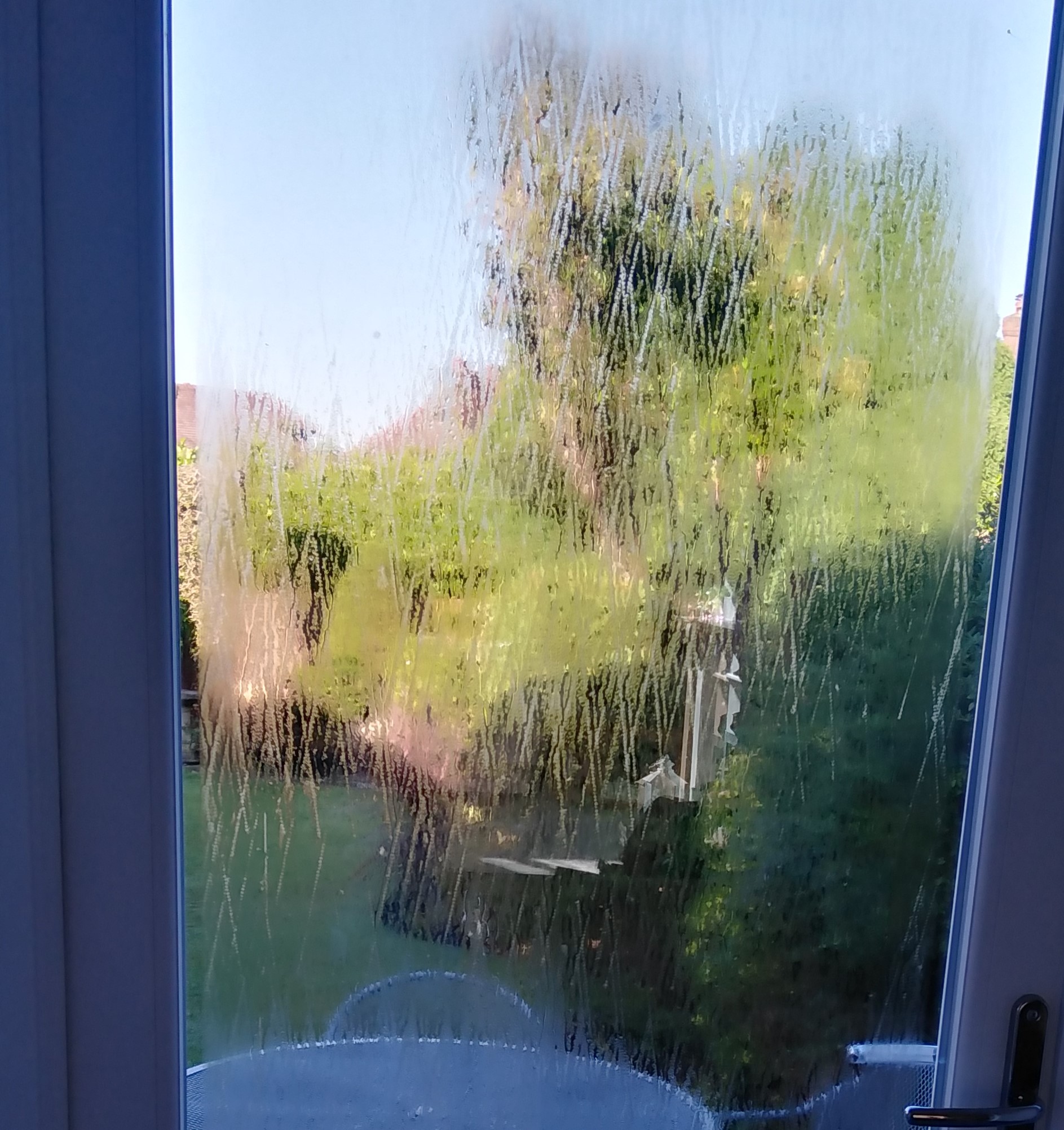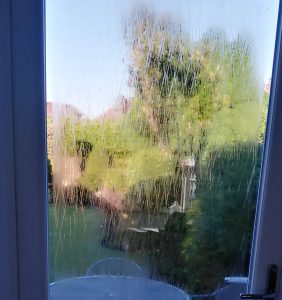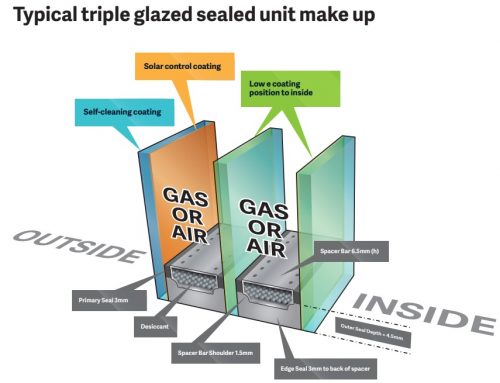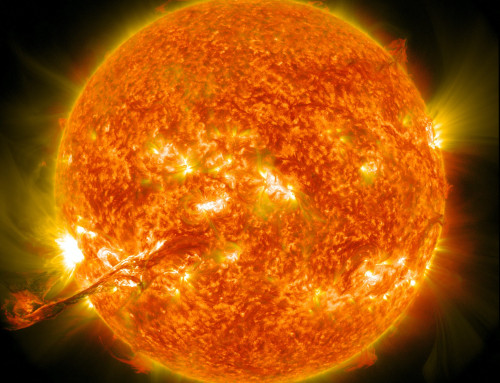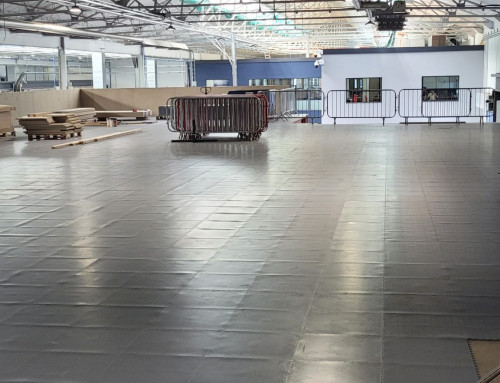External Condensation
Its the time of year again where the cold night temperatures offer the optimum conditions for condensation to form on the external surface of double glazed windows.
High performance windows and glazing now insulate the home far better than older windows and single glazing. This keeps the heat within the room and reduces loss through glazing. This means that the outer pane is no longer heated up by heat escaping from the home. Therefore, this outer surface is much cooler and if the conditions are apt – cold temperature and atmospheric moisture, condensation can form on this outer pane surface.
Whilst this can raise concerns for home owners, this is normal and a good indication that the windows are performing correctly. Like snow will remain longer on insulated loft roofs, condensation can form on better performing windows.
Once the sun comes up and temperatures rise or if there is a breeze, this condensation will evaporate and disappear.
External condensation can often exhibit patterns and marks that cannot be seen when the window is dry. These patterns may be label marks, criss cross lines from our toughening plant (picture below), protection pad marks, etc. All these in effect repel moisture and often show up within the condensation both outside and inside the home.
Although home owners may be alarmed by condensation and patterns, this is normal and does not represent any fault with the glass. Visual standards state that glass should be inspected when dry and clean. Under these terms, condensation is not present and no patterns/marks can be seen.

